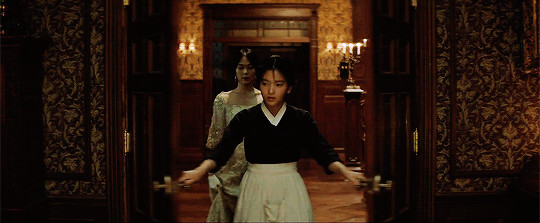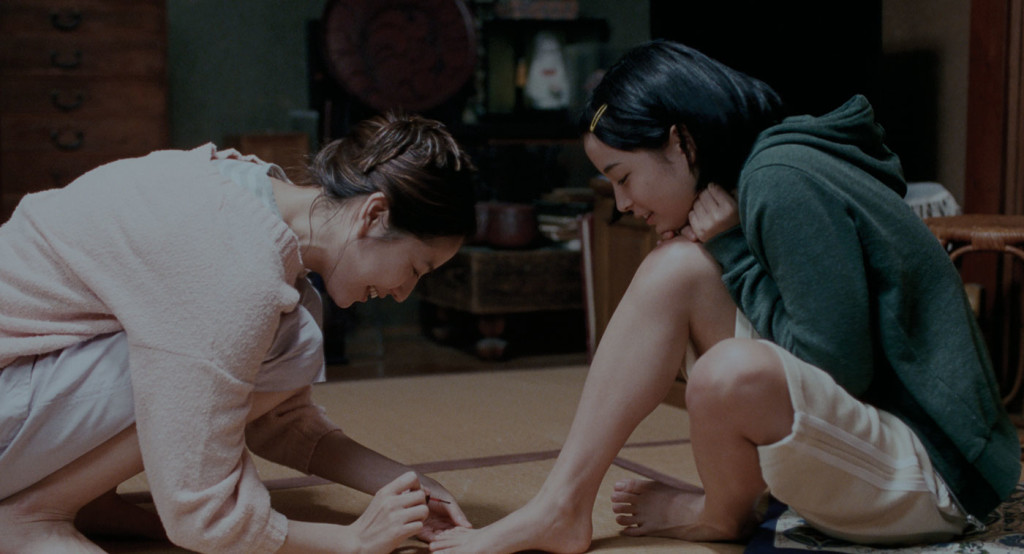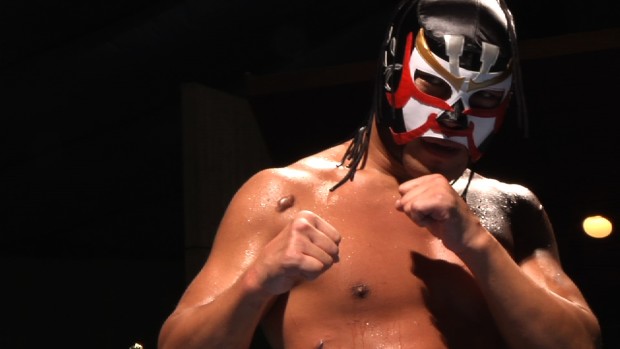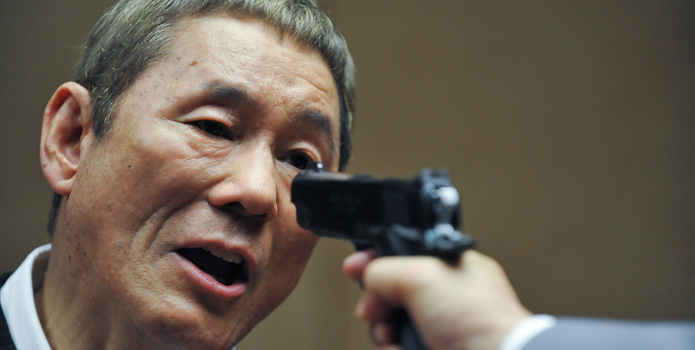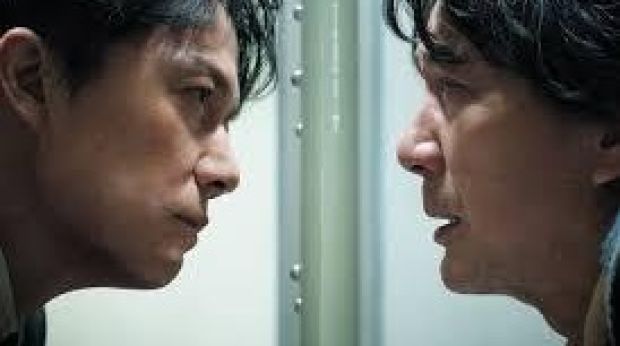
The Third Murder opens with a killing, and the audience gets a clear full-face view of the killer. Then the mystery begins – not about who done it, but about why and who will be held accountable.
A high-powered defense lawyer (Masaharu Fukuyama) has been called in to take over a challenging case; it’s potentially a death penalty case, and the defendant (Kôji Yakusho) has confessed. Moreover, the defendant has previously served thirty years for an earlier murder, he’s an oddball and he keeps switching his story.
Nevertheless, the lawyer thinks he can avoid the death penalty with a technicality about the motivation for the crime. He gets some good news from forensic evidence and then discovers one startling secret about the victims’ family – and then another one even more shocking – one that might even exculpate his client.
The Third Murder is a slow burn, as the grind of legal homework is punctuated by reveal after reveal. Eventually, there’s a shocker at the trial, and this legal procedural eventually gives way to philosophical questions. Finally, there’s an edge-of-the-seat epilogue – a final lawyer-client face-to-face where the shell-shocked lawyer tries to confirm what really happened and why.
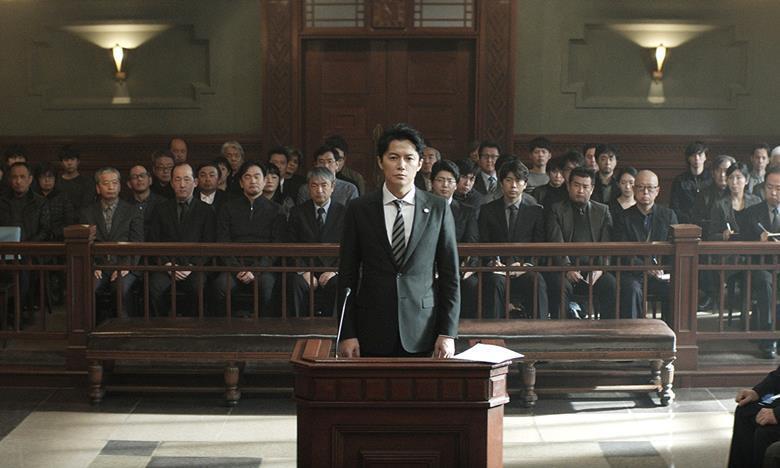
Yakusho (Tampopo, Shall We Dance?, Babel, 13 Assassins) is quite excellent as the defendant, a man who seems to be an unreliable mental case, but who might have a sense of justice that trumps everyone else’s.
The Third Murder is the work of director Hirokazu Koreeda, who made the 1995 art house hit Maborosi and one of the best movies of 2008, Still Walking. Koreeda’s Shoplifters just won the Palm d’Or at Cannes, and will be released in the US by Magnolia Pictures on November 23. I saw The Third Murder at the 2018 San Francisco International Film Festival (SFFILM).


